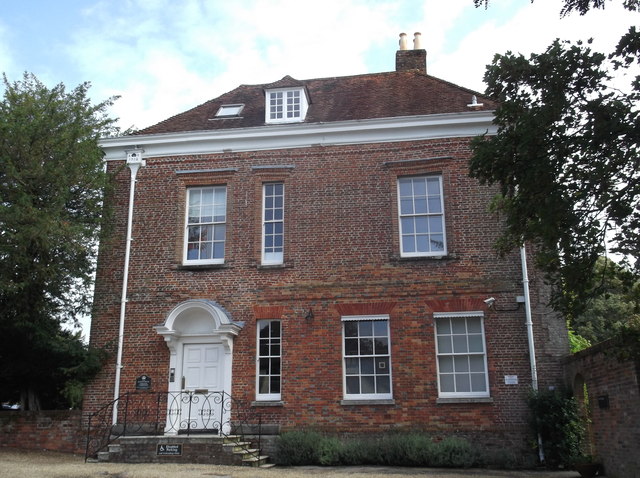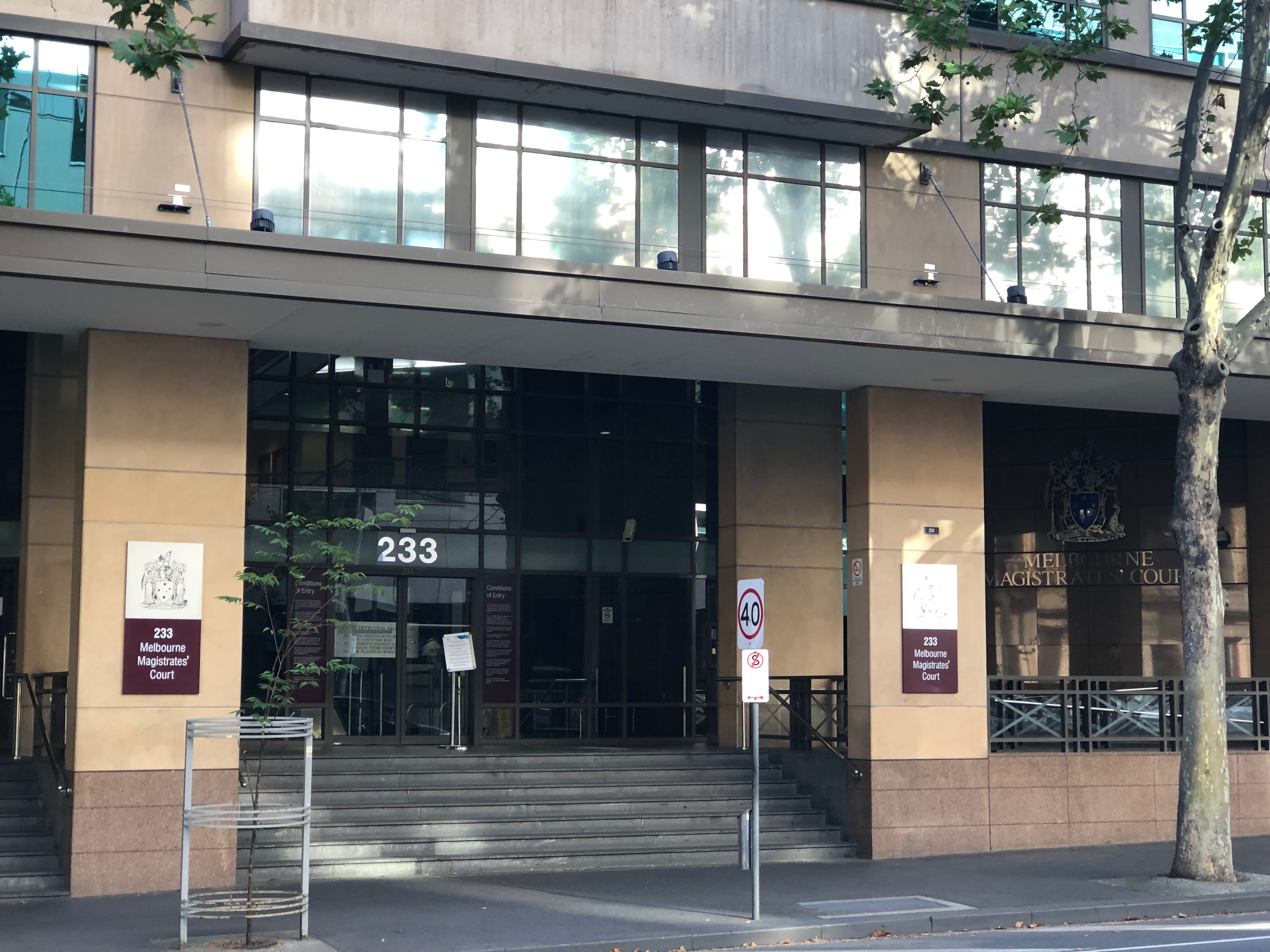|
Verderer (New Forest)
In the New Forest a verderer is an unpaid officer whose duty is to regulate and protect the interests of the New Forest commoners, and to preserve the natural beauty and good traditional character of the Forest. There are ten verderers, together constituting the Court of Verderers (or Court of Swainmote). The Court of Verderers The Court has ancient origins but in its present form is a corporate body set up under the New Forest Act 1887 and reconstituted in 1949. It consists of ten verderers, five of whom are elected by the commoners, and four of whom are appointed respectively by the Department for Environment, Food and Rural Affairs, the Forestry Commission, the National Park Authority, and Natural England. The remaining position is held by the Official Verderer who serves as chair of the Court and who is appointed by the Sovereign. The Court has the same status as a Magistrates Court, and acting under its authority the verderers are responsible for regulating commoning wit ... [...More Info...] [...Related Items...] OR: [Wikipedia] [Google] [Baidu] |
New Forest
The New Forest is one of the largest remaining tracts of unenclosed pasture land, heathland and forest in Southern England, covering southwest Hampshire and southeast Wiltshire. It was proclaimed a royal forest by William the Conqueror, featuring in the Domesday Book. It is the home of the New Forest Commoners, whose ancient rights of common pasture are still recognised and exercised, enforced by official verderers and agisters. In the 18th century, the New Forest became a source of timber for the Royal Navy. It remains a habitat for many rare birds and mammals. It is a biological and geological Site of Special Scientific Interest. Several areas are Geological Conservation Review and Nature Conservation Review sites. It is a Special Area of Conservation, a Ramsar site and a Special Protection Area. Copythorne Common is managed by the Hampshire and Isle of Wight Wildlife Trust, Kingston Great Common is a national nature reserve and New Forest Northern Commons is managed b ... [...More Info...] [...Related Items...] OR: [Wikipedia] [Google] [Baidu] |
Agister (New Forest)
In the New Forest, an agister (/ˈadʒɪstə/) is a local official whose role is to assist the verderers with their duty to manage the free-roaming animals that the New Forest commoners are allowed to release onto the forest. Several thousand semi-wild ponies run free, along with several thousand cattle and lesser numbers of donkeys, sheep and (in autumn) pigs. These are owned by the commoners who pay an annual grazing fee known as the ‘marking fee’. There are currently five New Forest agisters employed by the Court of Verderers, each with responsibility for a specific forest area. The post of agister is medieval in origin, the name deriving from the word ‘ agist’ meaning 'to take in to graze for payment'. Originally agisters were known as ‘marksmen’, from their role in collecting the marking fees - a role which they still have today. Agisters spend much of their time out on the forest, often on horseback, checking the condition of the land and of the commoners’ p ... [...More Info...] [...Related Items...] OR: [Wikipedia] [Google] [Baidu] |
Agister
Agistment originally referred specifically to the proceeds of pasturage in the king's forests. To agist is, in English law, to take cattle to graze, in exchange for payment (derived from the Old English ''giste'', ''gite'', a "lying place"). History Agistment originally referred specifically to the proceeds of pasturage in the king's forests in England, but now means either: # the contract for taking in and feeding horses or cattle on pasture land, for the consideration of a periodic payment of money; # the profit derived from such pasturing. Agistment involves a contract of bailment, and the bailee must take reasonable care of the animals entrusted to him; he is responsible for damages and injury which result from ordinary casualties, if it be proved that such might have been prevented by the exercise of great care. There is no lien on the cattle for the price of the agistment unless by express agreement. Under the Agricultural Holdings Act of 1883, agisted cattle cannot be ... [...More Info...] [...Related Items...] OR: [Wikipedia] [Google] [Baidu] |
Verderer
Verderers are forestry officials in England who deal with common land in certain former royal hunting areas which are the property of the Crown. The office was developed in the Middle Ages to administer forest law on behalf of the King. Verderers investigated and recorded minor offences such as the taking of venison and the illegal cutting of woodland, and dealt with the day-to-day forest administration. In the modern era, verderers are still to be found in the New Forest, the Forest of Dean, and Epping Forest, where they serve to protect commoning practices, and conserve the traditional landscape and wildlife. Origins Verderers were originally part of the ancient judicial and administrative hierarchy of the vast areas of English forests and Royal Forests set aside by William the Conqueror for hunting. The title Verderer comes from the Norman word ‘vert’ meaning green and referring to woodland. These forests were divided into provinces each having a Chief Justice who travelled ... [...More Info...] [...Related Items...] OR: [Wikipedia] [Google] [Baidu] |
The Crown
The Crown is the state in all its aspects within the jurisprudence of the Commonwealth realms and their subdivisions (such as the Crown Dependencies, overseas territories, provinces, or states). Legally ill-defined, the term has different meanings depending on context. It is used to designate the monarch in either a personal capacity, as Head of the Commonwealth, or as the king or queen of their realms (whereas the monarchy of the United Kingdom and the monarchy of Canada, for example, are distinct although they are in personal union). It can also refer to the rule of law; however, in common parlance 'The Crown' refers to the functions of government and the civil service. Thus, in the United Kingdom (one of the Commonwealth realms), the government of the United Kingdom can be distinguished from the Crown and the state, in precise usage, although the distinction is not always relevant in broad or casual usage. A corporation sole, the Crown is the legal embodiment of execut ... [...More Info...] [...Related Items...] OR: [Wikipedia] [Google] [Baidu] |
Environment Act 1995
The Environment Act 1995c 25 passed under the ministerial tutelage of John Gummer, is a United Kingdom Act of Parliament which created a number of new agencies and set new standards for environmental management. See also *English land law *UK environmental law *Hedgerows Regulations 1997 The Hedgerows Regulations 1997 of England and Wales is a UK Statutory Instrument (1997 No. 1160) which came into effect on 1 June 1997 and is government legislation which falls under the Environment Act 1995. It was created to protect hedgerows, ... External links * United Kingdom Acts of Parliament 1995 Environmental law in the United Kingdom Waste legislation in the United Kingdom 1995 in British law 1995 in the environment {{UK-statute-stub ... [...More Info...] [...Related Items...] OR: [Wikipedia] [Google] [Baidu] |
National Parks Of The United Kingdom
National parks of the United Kingdom ( cy, parciau cenedlaethol; gd, pàircean nàiseanta) are areas of relatively undeveloped and scenic landscape across the country. Despite their name, they are quite different from national parks in many other countries, which are usually owned and managed by governments as protected community resources, and which do not usually include permanent human communities. In the United Kingdom, an area designated as a national park may include substantial settlements and human land uses that are often integral parts of the landscape. Land within national parks remains largely in private ownership. These parks are therefore not "national parks" according to the internationally accepted standard of the IUCN but they are areas of outstanding landscape where planning controls are a little more restrictive than elsewhere. Within the United Kingdom there are fourteen national parks of which nine are in England, three in Wales and two in Scotland. There ... [...More Info...] [...Related Items...] OR: [Wikipedia] [Google] [Baidu] |
Inclosure
Enclosure or Inclosure is a term, used in English landownership, that refers to the appropriation of "waste" or "common land" enclosing it and by doing so depriving commoners of their rights of access and privilege. Agreements to enclose land could be either through a formal or informal process. The process could normally be accomplished in three ways. First there was the creation of "closes", taken out of larger common fields by their owners. Secondly, there was enclosure by proprietors, owners who acted together, usually small farmers or squires, leading to the enclosure of whole parishes. Finally there were enclosures by Acts of Parliament. The primary reason for enclosure was to improve the efficiency of agriculture. However, there were other motives too, one example being that the value of the land enclosed would be substantially increased. There were social consequences to the policy, with many protests at the removal of rights from the common people. Enclosure riots ar ... [...More Info...] [...Related Items...] OR: [Wikipedia] [Google] [Baidu] |
Magistrates Court
A magistrates' court is a lower court where, in several jurisdictions, all criminal proceedings start. Also some civil matters may be dealt with here, such as family proceedings. Courts * Magistrates' court (England and Wales) * Magistrate's Court of Jersey * Magistrates' court (Hong Kong) * Magistrate's courts of Israel * Magistrate's court (South Africa) * District Court (New Zealand), replaced magistrate's courts in 1980 * District Court (Ireland), the main court of summary jurisdiction in Ireland * Magistrate's court (Russia) * Magistrate's court (Sri Lanka) Australian courts * Magistrates Court of the Australian Capital Territory * Magistrates court (Northern Territory) * Magistrates Court of Queensland * Magistrates Court of South Australia * Magistrates Court of Tasmania * Magistrates' Court of Victoria * Magistrates Court of Western Australia * Local Court of New South Wales * Federal Circuit Court of Australia (initially the Federal Magistrate's Court of Australia ... [...More Info...] [...Related Items...] OR: [Wikipedia] [Google] [Baidu] |




.jpg)
.jpg)
